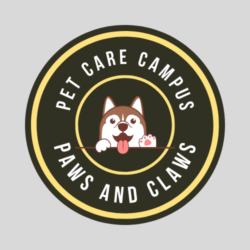Benefits of Pet Chiropractic Care: Improving Your Pet’s Health and Well-being
As pet owners, we always want to ensure that our furry friends are in the best possible health. Chiropractic care for pets has been gaining popularity in recent years, as more pet owners are recognizing the benefits of this natural, non-invasive form of healthcare. In this article, we’ll discuss the benefits of pet chiropractic care and how it can help improve your pet’s overall health and well-being.
What is Pet Chiropractic Care?
Pet chiropractic care is a holistic healthcare approach that uses manual adjustments to improve the alignment of the spine and other joints in your pet’s body. By adjusting misaligned joints, a pet chiropractor can help restore proper nervous system function, relieve pain, and improve mobility.
Benefits of Pet Chiropractic Care
Pain Relief:
Just like humans, pets can experience pain due to misalignments in their joints. Pet chiropractic care can help relieve this pain by adjusting misaligned joints and restoring proper joint function. This can lead to increased mobility and improved quality of life for your pet.
Improved Mobility:
Misalignments in your pet’s joints can cause stiffness and reduced mobility. By correcting these misalignments, pet chiropractic care can help improve your pet’s range of motion and overall mobility. This can be especially beneficial for older pets or those with chronic joint conditions.
Better Digestive Health:
The nervous system plays a crucial role in the functioning of the digestive system. Misalignments in the spine can interfere with nervous system function, leading to digestive issues. By restoring proper nervous system function through chiropractic adjustments, pet chiropractic care can help improve your pet’s digestive health.
Enhanced Immune Function:
The nervous system also plays a key role in the immune system. Misalignments in the spine can lead to nervous system dysfunction, which can weaken the immune system. By restoring proper nervous system function, pet chiropractic care can help enhance your pet’s immune function and overall health.
Natural, Non-Invasive Healthcare:
One of the biggest benefits of pet chiropractic care is that it is a natural, non-invasive form of healthcare. Unlike medications or invasive procedures, chiropractic adjustments are gentle and do not have any harmful side effects. This makes pet chiropractic care a safe and effective healthcare option for pets of all ages.
Conclusion:
Pet chiropractic care can be an effective way to improve your pet’s health and well-being. By correcting misalignments in the spine and other joints, pet chiropractic care can help relieve pain, improve mobility, and enhance overall health. If you’re considering pet chiropractic care for your furry friend, be sure to consult with a licensed and experienced pet chiropractor to ensure that your pet receives the best possible care.










